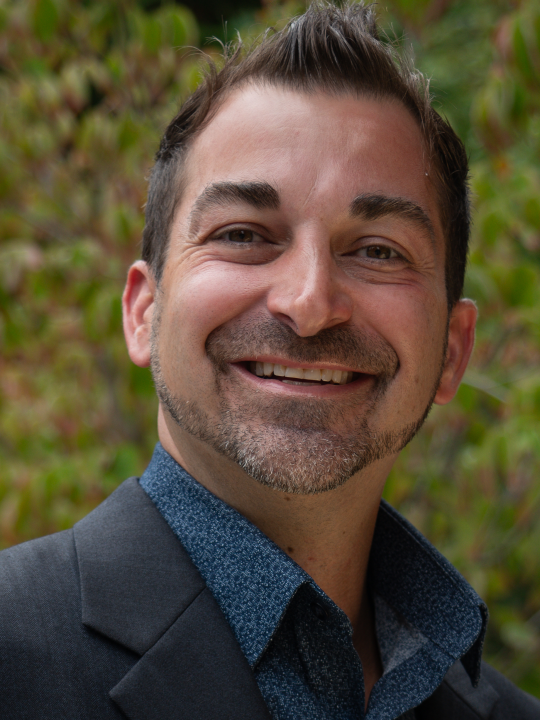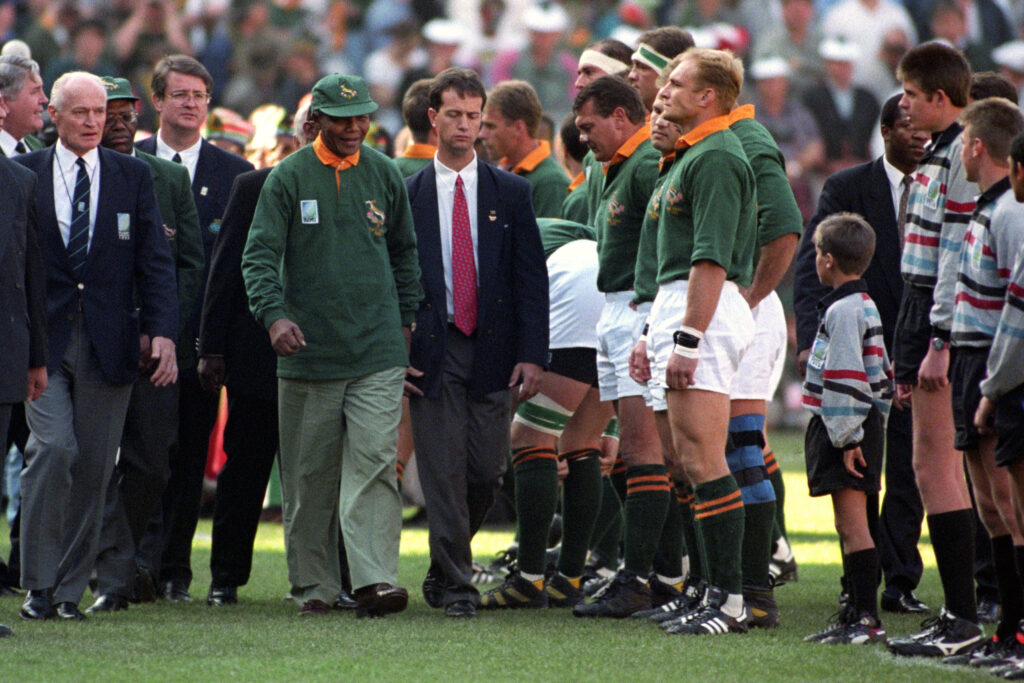What good is free speech if no one’s listening?
“The deeper purpose of speech is not to weed out bad ideas or surface the best ideas, but it is to lead to deeper understanding,” says UC Berkeley’s Stephen Menendian

UC Berkeley
September 16, 2024
What’s the value of free speech if no one hears what is being said? That’s a question that Stephen Menendian of UC Berkeley’s Othering & Belonging Institute asks himself when thinking about how societies heal, discuss and connect.
Much of the conversation about free speech in 2024 focuses on the boundaries of expression: When does hate speech become violent? When does a protest become too disruptive? When does online organizing become cyberbullying? But Menendian argues we need to flip our focus and instead pay attention to how we receive what is being said.
In other words, how we listen.
“The right to protest or the right to speak means very little if you’re not actually heard,” said Menendian, the institute’s assistant director and director of research and the co-author of Belonging Without Othering: How We Save Ourselves and the World.
Menendian, who has researched structural racism, civil rights and other forms of inequality for over 25 years, has thought deeply about the role that listening plays in resolving social conflict. Among other work, he supervises Berkeley’s Campus Bridging Project, which works to bring members of the campus community together across vast ideological differences.

Free speech — who has it, who needs it, and who has the power to mute it — often plays a central role in his work, which touches on some of the most divisive political conflicts of our era. And in his view, freedom of speech requires “reciprocity,” or the act of understanding and respecting the fundamental humanity of a person who is engaging in expression.
“There’s this idea that the answer to bad speech is good speech, because in the marketplace of ideas, you’re supposed to rebut,” he said. “But that doesn’t work. You have to get out of an evaluative frame and go into a dialogical frame. It’s not about getting to the truth. It’s about understanding someone’s self-conception.”
“The deeper purpose of speech is not to weed out bad ideas or surface the best ideas, but it is to lead to deeper understanding,” he added.
Menendian imagined talking to someone who believed the earth was flat — a popular belief that is easily disproven by basic scientific concepts.
Rather than showing that person aerial photos or using trigonometry to demonstrate the curvature of the earth, a more productive approach might be to ask someone open-ended questions about themselves.
“I need to understand how they think about themselves and what is important to them. What are their identities? What are their values?” Menendian said.
That conversation, full of listening and empathy, can build a foundation of trust — Menendian calls it psychological proximity — that allows for expression and connection without dehumanization. That trust, in turn, can lay the groundwork for change.
“If people feel like they don’t belong or they’re alienated or they’re not heard, the solution isn’t giving them more speech and then responding by saying how wrong they are,” he said. “The solution is asking them, ‘Think about it this way.’”
“Once people feel heard, then they will be more likely to trust,” Menendian added. “And trust is how you build community. And then you can do persuasion. But you can’t do persuasion, you can’t come to an agreement, in a context in which people don’t feel heard or seen.”
Once people feel heard, then they will be more likely to trust.”
He said this approach has been used successfully throughout history to end disputes that include The Troubles, an ethno-nationalist conflict in Northern Ireland from the late 1960s to 1998, and the 1992-95 genocide in Bosnia.
Another example is Nelson Mandela famously attending the 1995 Rugby World Cup as the president of South Africa. He knew that a sport traditionally associated with years of white supremacist rule in that country also could hold transformative power to bridge societal divides. The event was held in and won by South Africa, and the image of Mandela handing the William Webb Ellis Cup to the team’s captain resonated globally as a symbol of unity and of a new and peaceful era in South Africa.
“Why would he go to a rugby match? Because for the white South Afrikaners, that was their totem. That was their collective community symbol,” Menendian said. “And so by going to that match, Mandela is saying, ‘I see you, I recognize you.’ It’s a symbolic gesture: ‘I see you. I recognize you. We see you.’”

John Stillwell/PA Wire
Menendian imagined asking three Palestinians and three Israelis to sit in a room together and discuss the bitter conflict in Gaza. Rather than debating the facts, which would lead to greater psychological distance, Menendian said they should each tell their individual stories.
“Solving the conflict or getting to an agreement is not the goal,” he said. “It is about building community by listening to one another. Connecting through shared interests and experiences that lead to deeper understanding.”
By talking and listening in that way, Menedian said, “you realize these are individual human beings, and they are also part of a group that has an ongoing, larger story. The key is not to evaluate whether it’s true or not. The key is to understand what the other person believes their story is.”
This style of connection won’t end disagreement or create unanimity on contentious issues like abortion, the death penalty or immigration, Menendian said. Human history shows people will always hold deeply opposing views about controversial topics.
But it can lead to more powerfully persuasive speech and less contentious disagreements.
“If you feel heard and understood, even if you disagree with the person, there will be some baseline foundation for connection there,” Menendian said. “If people feel tightly knit, and they feel a sense of community, even if they disagree on the issues, it won’t become problematic.”